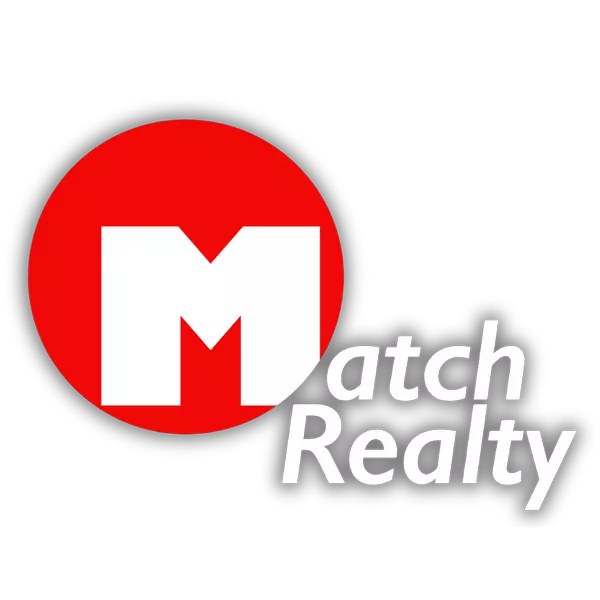The Impact of Public Transportation Developments on Property Values
The Impact of Public Transportation Developments on Property Values
Public transportation plays a vital role in the growth and development of urban areas. For cities like Detroit, the expansion and improvement of public transit systems can significantly influence the local real estate market. As access to reliable transportation becomes a major factor in homebuying and rental decisions, property values in neighborhoods near public transit hubs often experience shifts.
In this blog post, we will explore the impact of public transportation developments on property values, and why savvy investors and homeowners should keep a close eye on this evolving trend.
Increased Accessibility Boosts Property Demand
One of the most immediate benefits of public transportation is improved accessibility. Neighborhoods located near transit stations become more desirable to a broader range of residents. This is particularly true for urban professionals, students, and families who prefer to rely on public transit for commuting or accessing amenities without the need for a personal vehicle. As more residents seek the convenience of living near public transportation, demand for homes in these areas rises, driving up property values.
In Metro Detroit, for example, recent expansions of the QLINE and the introduction of rapid bus systems have already started to positively impact nearby real estate markets. With quicker commutes and better access to downtown areas, properties along these transit routes are becoming prime locations for development.
Development Opportunities Near Transit Hubs
Public transportation developments often attract both residential and commercial investments. Developers are drawn to areas near transit hubs because they offer greater potential for mixed-use developments, including apartment complexes, retail spaces, and office buildings. These types of developments not only meet the growing demand for housing but also create a vibrant community atmosphere that encourages long-term economic growth.
When developers see the opportunity for growth in these transit-connected areas, it often leads to increased investment, resulting in further improvements to the surrounding infrastructure. The outcome? Higher property values and a surge in interest from buyers and renters alike.
Reduced Transportation Costs Make Neighborhoods More Attractive
Another factor contributing to rising property values is the reduction in transportation costs for residents living near public transit. Households that rely on public transportation save on vehicle expenses such as fuel, insurance, and parking, making these neighborhoods more affordable overall. As residents spend less on commuting, they may be willing to pay higher rents or home prices in exchange for the convenience of living close to a transit line.
In addition, the environmental benefits of reduced car usage appeal to eco-conscious buyers and renters. A neighborhood's proximity to public transportation may signal a commitment to sustainability, further boosting its appeal to specific demographics.
The Risk of Displacement and Gentrification
While public transportation developments can enhance property values, they may also contribute to gentrification and the displacement of long-time residents. As neighborhoods near transit hubs become more desirable, property prices and rents can rise beyond the affordability of existing residents. This has been a growing concern in many major cities across the country, where transit-oriented development has led to displacement in lower-income communities.
For Detroit, managing the balance between development and maintaining affordable housing options near public transit hubs is crucial to ensuring equitable growth. Developers, policymakers, and community leaders need to work together to create mixed-income housing projects and protect vulnerable populations from being priced out of their neighborhoods.
Conclusion
Public transportation developments have a profound impact on property values, particularly in urban areas like Metro Detroit. Improved accessibility, new development opportunities, and reduced transportation costs make neighborhoods near transit hubs more attractive, resulting in rising property demand. However, the potential for displacement and gentrification must be addressed to ensure that all residents benefit from these changes.
As Detroit continues to invest in its public transportation infrastructure, both homebuyers and real estate investors should keep an eye on neighborhoods near transit lines. These areas are likely to see continued growth, making them key targets for those looking to capitalize on future real estate trends.
Categories
- All Blogs (334)
- Down Payment Assistance (1)
- Instagram (1)
- Match Realty Listings (6)
- Metro Detroit (104)
- Metro Detroit Condos (8)
- Metro Detroit Counties (2)
- METRO DETROIT REAL ESTATE GUIDE (113)
- METRO DETROIT REAL ESTATE STORY (66)
- Neighborhoods (12)
- NEWS (2)
- Real Estate Investing (6)
- Top 5 Detroit (1)
- TOP METRO DETROIT'S (26)
Recent Posts










GET MORE INFORMATION

